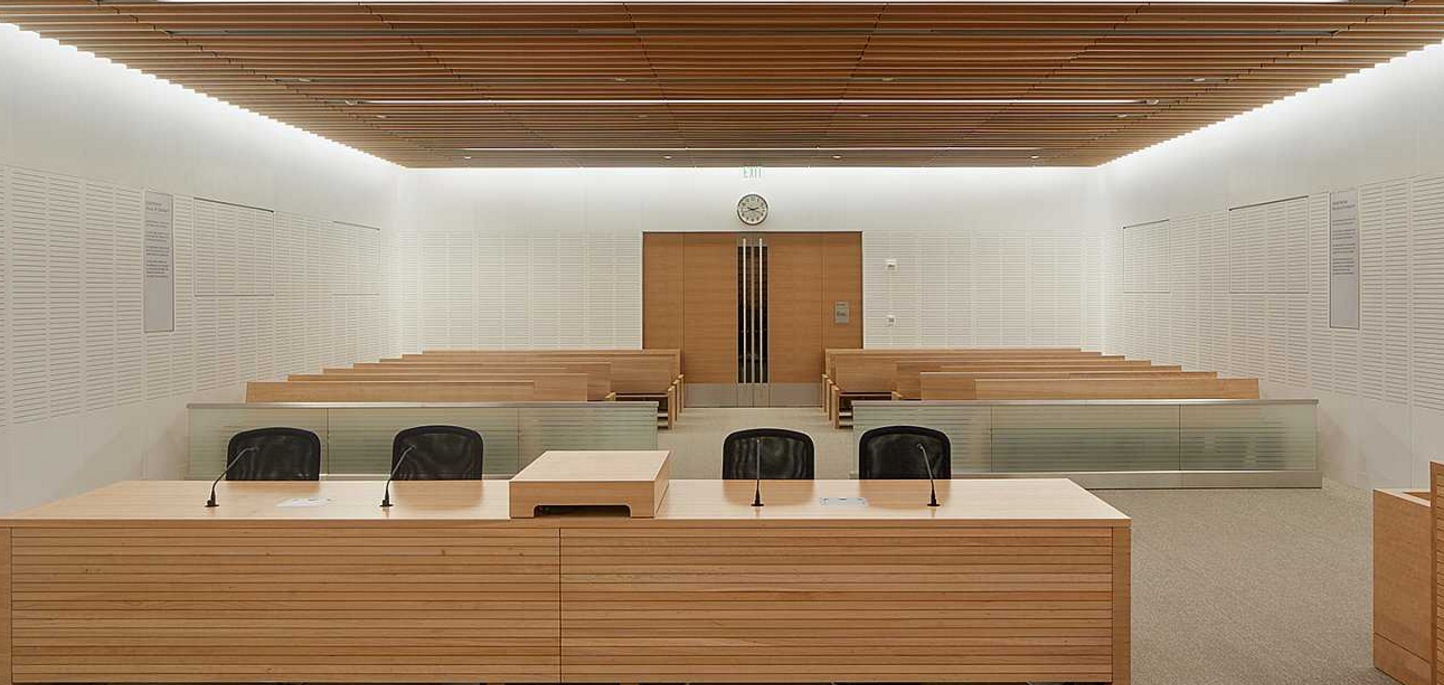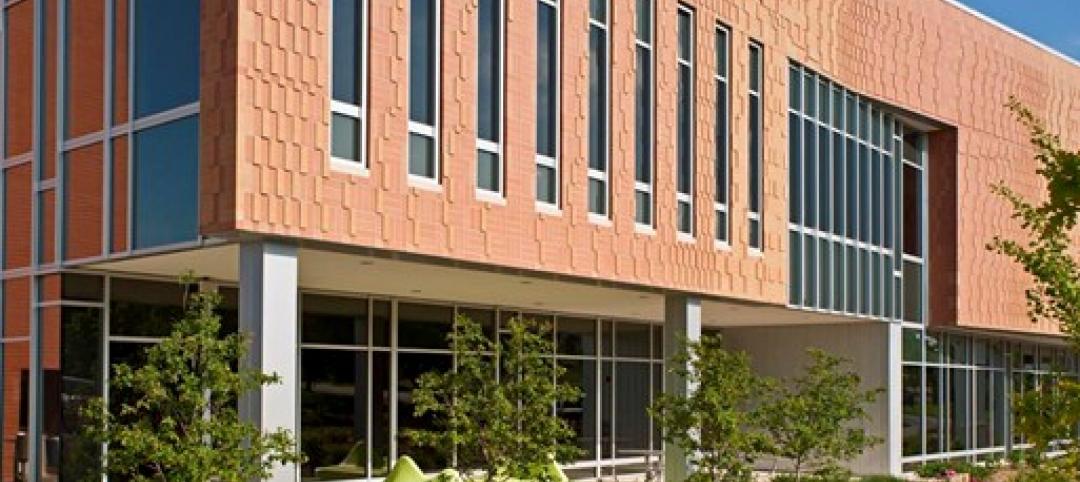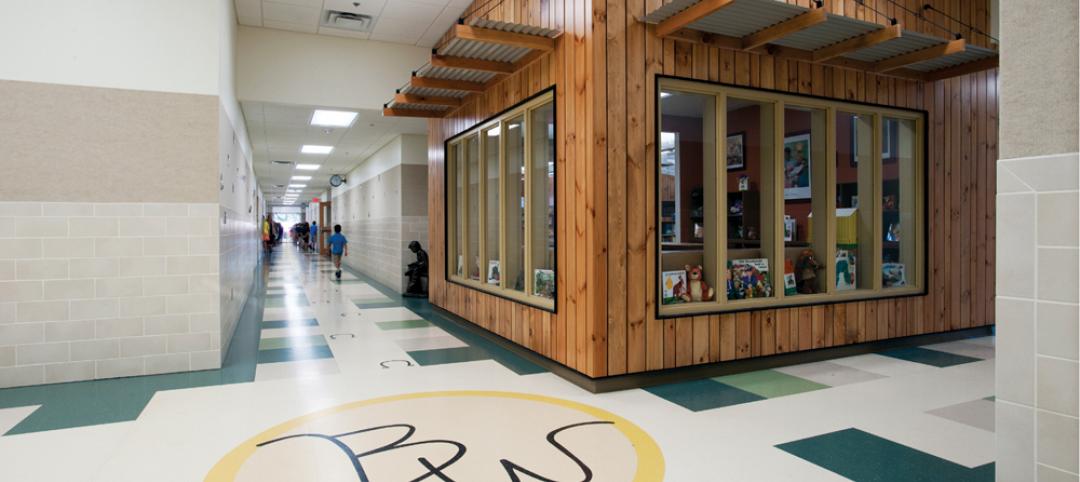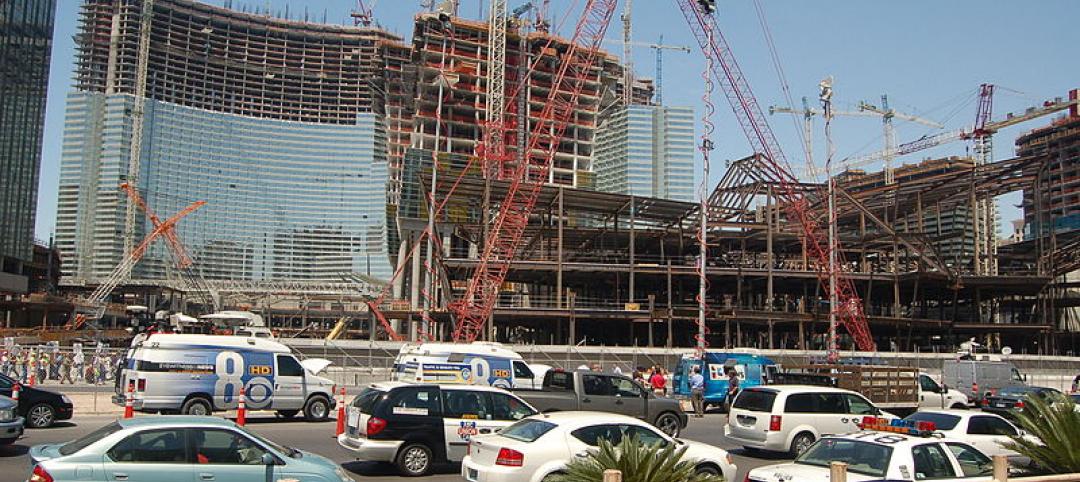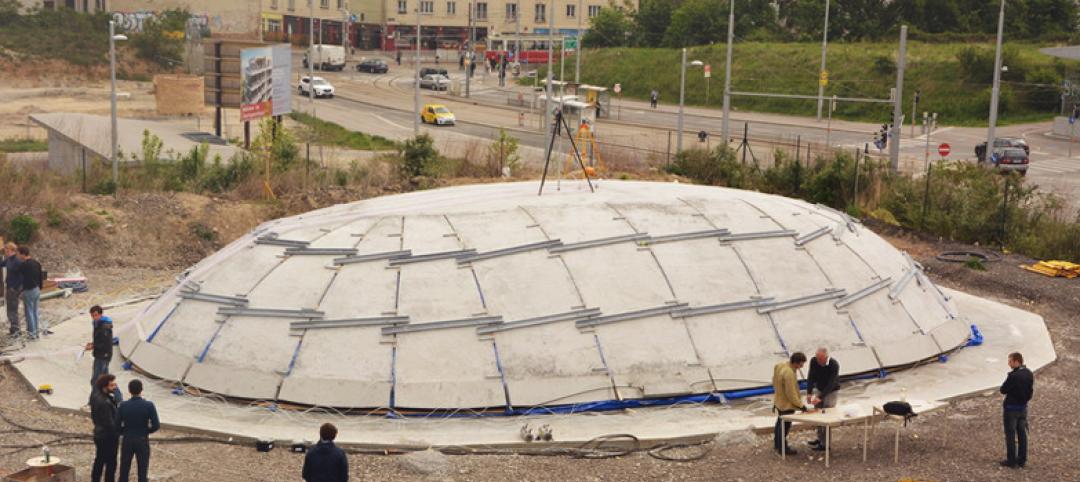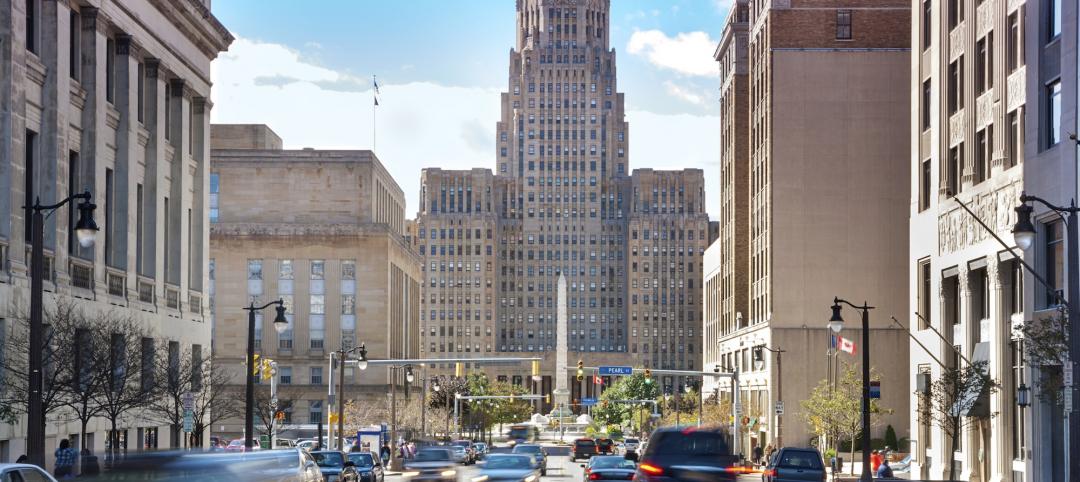The American Institute of Architects’ Academy of Architecture for Justice (AIA AAJ) named the projects that have received 2015 Justice Facilities Review Awards.
The three Citation winners were CO Architects’ South County Justice Center, Superior Court of Tulare County in Porterville, Calif.; SOM’s San Bernardino Justice Center in San Bernardino, Calif.; and RMKM Architecture’s East Mesa Public Safety Complex in Las Cruces, N.M.
According to AIA, the Justice Facility Review documents “best practices in planning and design for Justice Architecture, including functionality, security and safety, technology, accessibility, community impact, sustainability and economic feasibility (first cost and long-term cost of ownership), longevity (lifecycle performance and operation), as well as aesthetic achievements are essential elements for identifying the success of these projects.”
Sustainable design, including meeting a minimum of 60% reduction in energy use from regional baselines, and incorporating innovations in planning, design, and sustainability is also factored in.
Five entries were also published by AIA AAJ: NORR Limited’s Elgin County Courthouse in St. Thomas, Ontario; Lionakis’ Stanislaus County Juvenile Commitment Facility in Modesto, Calif.; DLR Group’s Superior Court of California, Calaveras County Courthouse in San Andreas, Calif.; RicciGreene Associates and Bushey Feight Morin Architects’ Catonsville District Courthouse in Catonsville, Md.; and DLR Group’s Everett Municipal Court in Everett, Wa.
Related Stories
| Jul 18, 2014
2014 Giants 300 Report
Building Design+Construction magazine's annual ranking the nation's largest architecture, engineering, and construction firms in the U.S.
| Jul 7, 2014
7 emerging design trends in brick buildings
From wild architectural shapes to unique color blends and pattern arrangements, these projects demonstrate the design possibilities of brick.
| Jul 2, 2014
Emerging trends in commercial flooring
Rectangular tiles, digital graphic applications, the resurgence of terrazzo, and product transparency headline today’s commercial flooring trends.
| Jun 30, 2014
Research finds continued growth of design-build throughout United States
New research findings indicate that for the first time more than half of projects above $10 million are being completed through design-build project delivery.
| Jun 18, 2014
Arup uses 3D printing to fabricate one-of-a-kind structural steel components
The firm's research shows that 3D printing has the potential to reduce costs, cut waste, and slash the carbon footprint of the construction sector.
| Jun 12, 2014
Austrian university develops 'inflatable' concrete dome method
Constructing a concrete dome is a costly process, but this may change soon. A team from the Vienna University of Technology has developed a method that allows concrete domes to form with the use of air and steel cables instead of expensive, timber supporting structures.
| Jun 9, 2014
Green Building Initiative launches Green Globes for Sustainable Interiors program
The new program focuses exclusively on the sustainable design and construction of interior spaces in nonresidential buildings and can be pursued by both building owners and individual lessees of commercial spaces.
Smart Buildings | Jun 8, 2014
Big Data: How one city took control of its facility assets with data
Over the past few years, Buffalo has developed a cutting-edge facility management program to ensure it's utilizing its facilities and operations as efficiently, effectively, and sustainably as possible.
| May 29, 2014
7 cost-effective ways to make U.S. infrastructure more resilient
Moving critical elements to higher ground and designing for longer lifespans are just some of the ways cities and governments can make infrastructure more resilient to natural disasters and climate change, writes Richard Cavallaro, President of Skanska USA Civil.
| May 20, 2014
Kinetic Architecture: New book explores innovations in active façades
The book, co-authored by Arup's Russell Fortmeyer, illustrates the various ways architects, consultants, and engineers approach energy and comfort by manipulating air, water, and light through the layers of passive and active building envelope systems.


